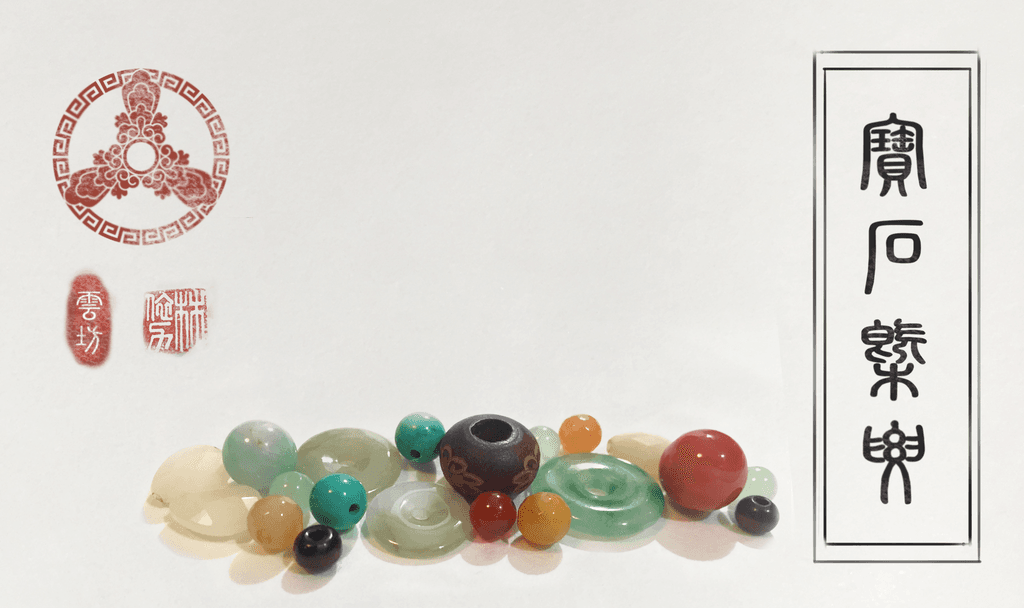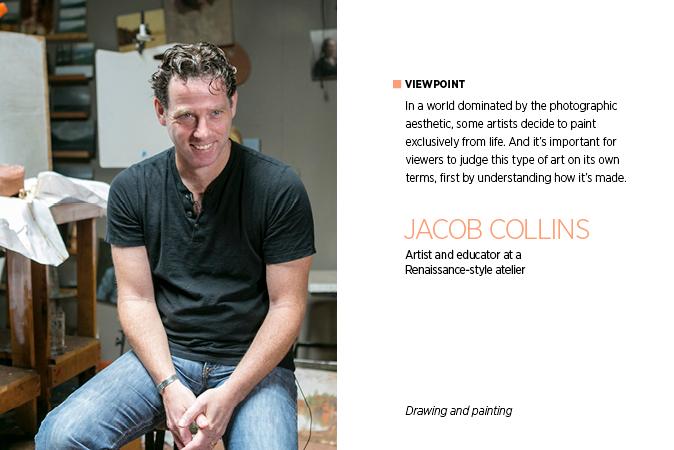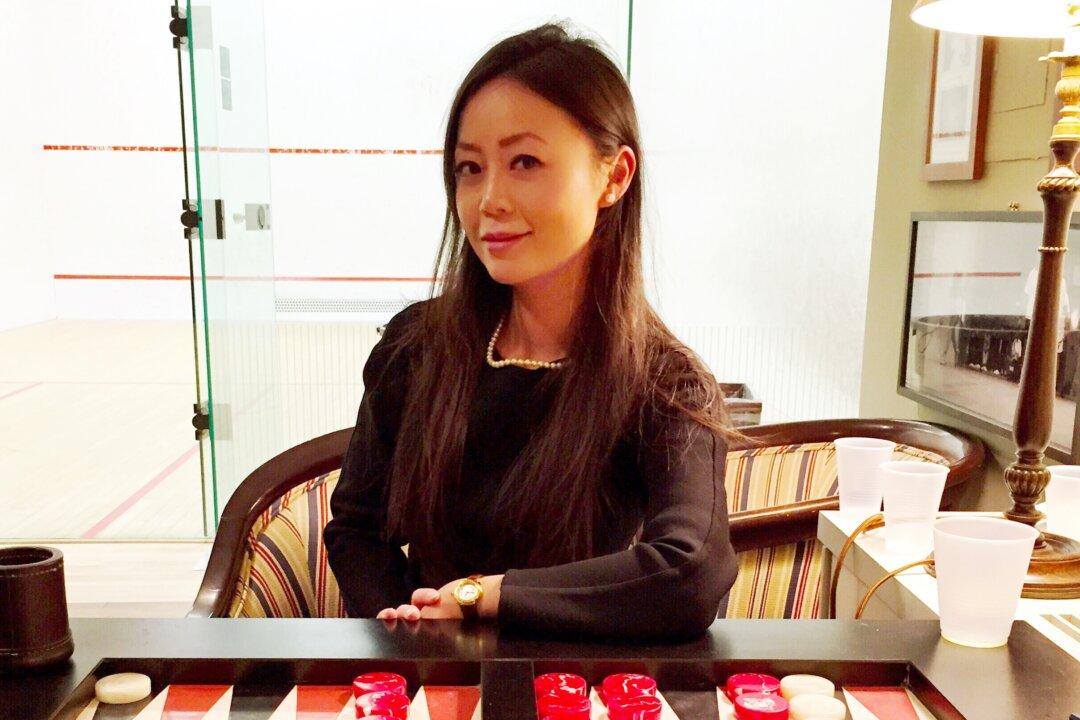NEW YORK—It’s no secret that art instruction in public schools is hurting—not only for funding, but for applicable skills.
The problem often starts at the top. Students may have the desire to learn to draw, but their teachers are at a loss as to how to help them.
“On several occasions, art teachers who have taken a workshop with me have burst into tears, explaining that they always wanted to learn how to draw and paint at a high level, but didn’t know how to go about it,” art educator Mandy Hallenius wrote in an email.
“Others lament the lack of skill-based preparation during their undergraduate studies because their K-12 art students often want to know how to make something ‘look real,’ and they do not always have the appropriate training to help their students achieve these types of goals.”
Mandy Hallenius is a certified K–12 art teacher and a member of the board of education for the visual arts in the state of Washington.
Together with Kara Lysandra Ross, chief operating officer of Art Renewal Center, Hallenius has started the Da Vinci Initiative, an educational non-profit aiming to provide skills-based visual arts curricula to primary and secondary public schools.
They’ve started a Kickstarter campaign to raise $8,500 towards completing the teaching materials. The teaching materials include written lesson plans and video courses that educators could take for continuing education credits in their respective states.
With additional funds beyond the current target amount, Initiative founders plan to produce the complete set of lessons and promote the video course among teachers in different states. The ultimate effect would be, starting from art teachers and their students, to raise the level of visual literacy across America.
“Like teaching rhythm, tempo, and scales in music class so that a student has many tools to express themselves through music, so too is there a need for a skill-based education in the visual arts,” reads the Initiative’s website.
Lesson plans are adapted from the Ani Art Academy’s Language of Drawing and Language of Painting programs, which cover draftsmanship, color theory, paint handling skills, perspective, among other topics necessary for art mastery.
The videos are taught in conversational tone by an artist at an easel, who demonstrates the skills and talks the viewer through art theory. They are practical, and easy to follow, down to hints and tricks for controlling a stick of charcoal.
Da Vinci Initiative lessons tie together the visual arts with subjects such as math, science, and literature, as appropriate for the age group.
A kindergarten lesson plan, for example, begins with mark-marking—getting the youngster comfortable with making dots, lines, zig zags, spirals, and the like. It helps him manipulate the crayon and gives him confidence with fine motor skills. Counting lessons and the alphabet are tied in to simple connect-the-dots exercises.
A sample lesson for grades 3–5 focuses on narrative in art and expressing one’s response to art. The class views a painting together, learns about its historical context, and discusses questions like, “What is going on in this picture? What do you think happened before this scene? What do you think will happen next, and why?” Students are then asked to draw what they think follows the depicted scene. A peer critique challenges students to articulate how they feel about their own and their classmates’ art.
In grades 6–8, the lessons get more technical, borrowing from traditional atelier teaching techniques, specifically Charles Bargue’s method of dissecting forms. Students learn to tackle complex shapes, such as the human foot, visually deconstructing them using geometry. They are encouraged to think about method, and the difference it makes to use a visual framework.
The curriculum for grades 9-12 expands on this idea, delving deeper into angle and line, shading, and composition.
For more information, visit davinciinitiative.org. The Kickstarter campaign can be found at kck.st/1CGmybi. Pledging ends on Oct. 25.





